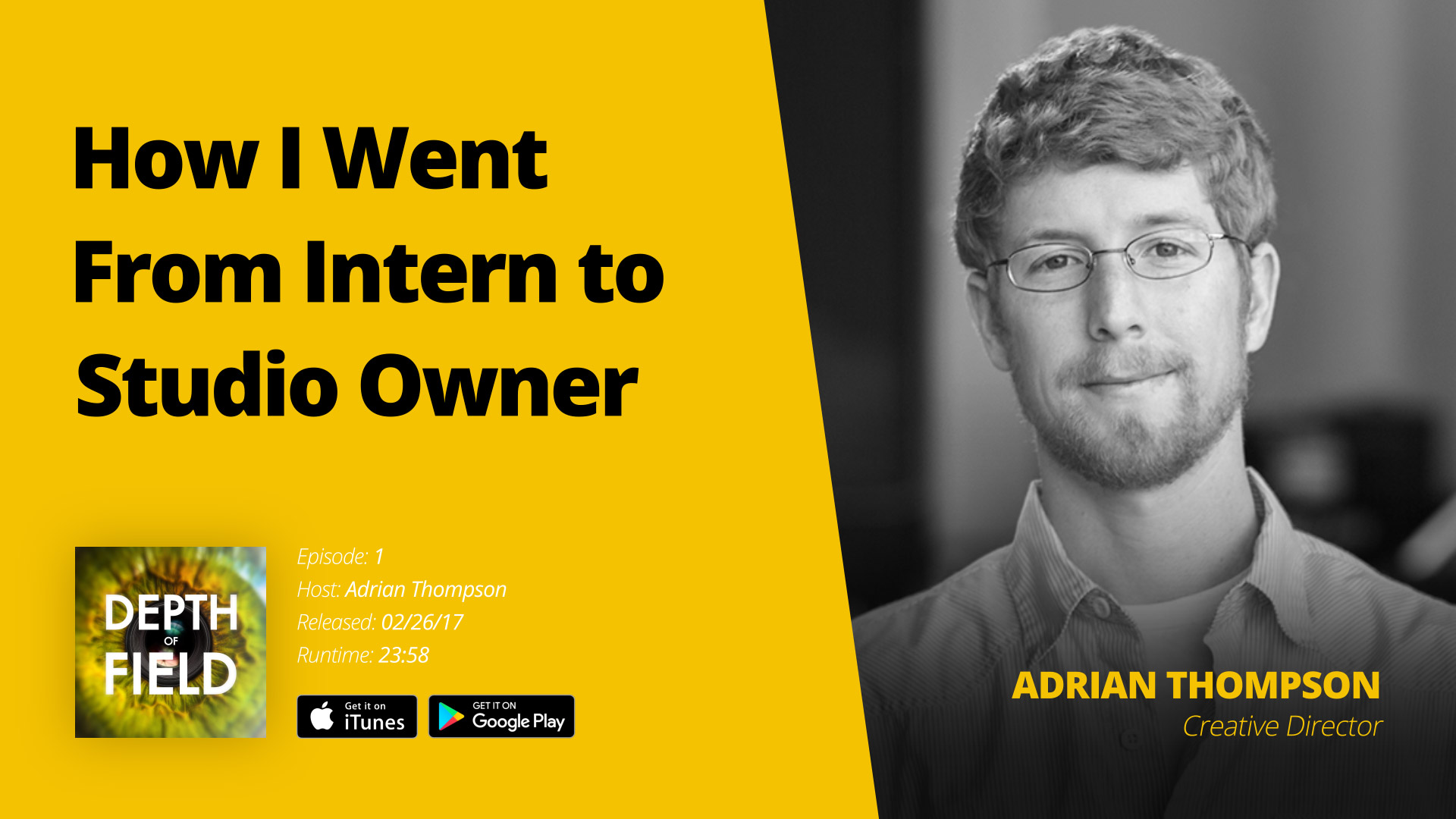
Adrian Thompson hosts and takes us through his journey which led to him founding a motion graphics studio and storyboard software company in this very first episode of the Depth of Field podcast.
Related Links
Welcome
Adrian Thompson: All right guys, thanks for joining me. This is exciting, very first episode of the podcast. I’m going to challenge myself not to edit this because I want it to be raw. I want it to feel like I’m talking to you over a beer and just kind of pour my heart out to you because that’s really the reason behind this podcast is I want you to actually learn about things that are really happening in the industry. I don’t want it to be a formula, I don’t want it to be preaching to you. I want it to just be raw.
Adrian: So, I wanted to go through my story so you could learn a little bit about myself and why I’m doing this and why I even have the authority I guess or experience to do something like this. So, with all that being said, let’s go ahead and get into it.
Starting in Video Production
Adrian: So from a very early age, I was always interested in video, playing with cameras and editing movies of me and my friends playing paint ball, doing stop motion with Lego characters. It was just a hobby that I always enjoyed. Unfortunately in high school, there was no official classes for video, so it just remained a hobby. But then at the end of high school, you have to decide what you’re going to go do and that was kind of the natural choice for me. So I had an opportunity to move to the Bay Area with my aunt and uncle and I took the film and TV course or I signed up for the film and TV program at De Anza College in Cupertino. That was a cool experience. I ended up meeting a lot of the people that helped propel me throughout my career. That was probably the single most important thing of going to that community college.
Adrian: So for instance, I met two of my lifelong friends there. One of them already had a job at a studio up in the peninsula. Another one already had a job at a corporate video house right near the college. It was in Campbell, California. Just through knowing him, there was an internship that opened up in the summer and I got to apply and I ended up getting in. So, that was a really great opportunity as a young college student. So, in my first job, I was a compression guy, which, you know, that role wouldn’t exist now because compression is fairly figure it out, but my job was to test various compression bit rates to see what would look best for the most realistic file size. So it was very, you know, not very fun job.
Adrian: I also was exposed to After Effects in this time and my boss was handing me a textbook of After Effects tutorials with a CD Rom, I put it in there and I had to walk through to recreate things. This was my first time learning that this really existed. It seemed really cool. The more I learned about After Effects and the more that I saw what people were doing with it, I was really intrigued by just the visual creative aspect of it.
Adrian: Before that, I thought I wanted it to be a video editor and go to Hollywood and edit A list movies, which that could be its own discussion by itself because I was exposed through going to conferences and just exploring the Hollywood area over a few weekend trips and realizing that that industry was not going to be for me, just the way people carried themselves, the way that they had to fight and claw to get into that compared to what I saw already early on in the corporate world in the Bay Area. I could just tell that, I personally am not built for that type of, I just don’t have that personality I suppose and it just did not seem worth it to me. I didn’t care that much.
Getting Fired
Adrian: So, I took a pivot here learning about After Effects, seeing the money and the opportunities in the Bay Area. And I decided to stick with that. But before all that happened, I actually had to get fired from this internship. What happened is, I was going to work every day and the work wasn’t inspiring me. My passion was just not there. And as just a young, immature person, I just started showing up to work late. I started taking the job for granted and I just eventually got fired because one day I came in at noon and while my boss and colleagues were out to lunch and I totally deserved it. But that was a big wakeup call for me, realizing that things aren’t just going to be handed to me and I actually had to work hard to fight for what I wanted to get.
Adrian: After that, I ended up applying to a bunch of jobs. It took a few months, it was kind of a scary time. It was during 2008. The economy was not doing well. I ended up getting a job at a media house that was collecting sports highlights. They needed somebody to edit these highlights for their premium paid members and put them on the website. My gosh, this was the worst job experience I’ve ever had because I was the only video person. They gave me a very bad laptop. I was working with files over a poorly constructed server with bad internet so there was an insane lag. I had student versions of like an editing software. I tried really hard because I didn’t want to lose this opportunity as well after just being fired. So, there was also a pay jump. I was making $12 an hour, which was like double the minimum wage I made before.
Landing My Dream Job
Adrian: So I tried to stay positive. I tried to work hard and man, it was really a sad time. But thankfully, the friend that I met at college, he worked at the studio that was just up the highway a few exits. We had lunch one day and he introduced me to the boss of his studio and that boss was exposed to my YouTube channel through this friend. So he kind of knew that I knew After Effects because they had some work up there. Then within that week, a job opportunity opened up and he ended up calling me during my lunch break and asked if I could come in that day and work on an After Effects project. I was really apprehensive, right, because I’m working full time at a job. But this studio had everything that I wanted. They were serving high end clients. They were doing really cool motion graphics. There were talented people there I could learn from.
Adrian: So I just decided to straddle the fence. Then I just went in on my lunch break and started working on it. This is a really, really weird part of my story because I ended up working two jobs at the same time without my first job knowing it. The studio knew that I was employed at this other place but they didn’t mind as long as I could get my work done with them. So I ended up straddling the fence and the boss managing me at this media house was so out of touch with me. He really didn’t even know if I showed up to work. It was so bad in that regard, like I had no accountability, I had nobody leading me. So I could literally not show up and nobody would know and it was really sad.
Adrian: So, being immature, I ended up doing that. I kind of just didn’t show up and I’d go work at this other job and I just wouldn’t log any hours and it was a really, really weird time. I ended up quitting that job over the phone. Just called my boss and said, hey, this opportunity opened up and I really want to work at this other place. And he ended up being totally fine with it. So, not something I’m proud of like this journey. I was 21 at the time and didn’t really know how to communicate very well. It was just awkward in general.
Burnout & Panic Attacks
Adrian: But anyway, this transition to the studio is a really exciting time for me because I was learning on the job, I was getting paid I think $350 a day, which at the time was huge for me, like absolutely huge. It was also the most stressful time of my life to the point where I would be getting panic attacks because I was trying to lead creative motion graphic jobs with almost no experience. Everything I had learned was on the Internet and these were high paying clients. It was a lot of pressure to put on a 21 year old at this time. I just knew that I had to push forward. I can’t quit because this is the door that opened to get me into the industry so I powered through that. Clients were happy. I mean, the work, it was working out. It was really emotionally draining on me.
Adrian: As time went on, I did that for about two and a half years. I started realizing that there was likely better ways to be tackling these jobs. Like for instance, we didn’t do storyboards and we didn’t have a graphic designer. So when we started at a job, I was just kind of doing everything myself. I would just wing it and start animating on day one. I started realizing like this isn’t the best way to be doing this. I would try to introduce new process or just bring up these ideas to my boss and they just weren’t well received. Nobody wants to change something that’s working in their eyes. So, that became a struggle.
Adrian: And then a short time after that, the company, the studio actually started doing poorly financially and they had to put all of the employees onto freelance status. So, at that point, I became a freelance, I was kind of forced into freelance and he would bring us on occasionally when there was the jobs but I had this extra free time. So I started pursuing freelance motion graphics and there would be producers from working at the studio that left and they would be contacting me with jobs. So, I was kind of thrown into this life of freelance and that I didn’t really like as much either. It actually seemed a little, it seemed worse in regards to working with different people on every project and having to adapt like that. There was never a real thought out plan. It was kind of just, hey, we have this job, here’s the budget and I just need you to do it all. So, here’s all the files. Good luck.
Adrian: In my experience, that was freelance in a nutshell. They would just hand you a hard drive and expect a video by the end of the week. That was not very enjoyable to me. So, I ended up going through the same struggle with independent producers that I did with the studio. Like, guys, why don’t we bring on a graphic designer, why don’t we storyboard this out so I can actually work efficiently. I don’t start and do half an animation and then have to like start it over or tweak it and spend three days trying to make it what you actually want it to be. That just didn’t go well. I never had a successful conversation that convinced anybody, yeah, we should actually try to be more efficient. I think when things are working, when people are getting the work done and they’re making a comfortable amount of money, they just don’t have enough incentive to change.
Starting a Motion Graphics Studio
Adrian: So that became a huge passion of mine. Like I just had to do this, I had to at least try it. I had to do an animation project with storyboards, like I was just dying to try it and see how much that would make a difference because up to this point I literally had not worked on a job that did storyboards. So that was just emotionally and creatively frustrating.
Adrian: For several months, I was telling myself, I’m going to start the studio, I’m going to start a studio, but then every time a job would come up and I’d just, at the end of the day I wouldn’t want to research how to start a studio because I had no idea how to run a business in any regard. So, in 2012, I had to say, actually at the end of 2011 I said, you know what, on the first of 2012, I’m not taking any more freelance work. I’m going to start a studio.
Adrian: So that’s what I did. On January 1, 2012, I started telling all my clients that emailed me like, you know, I’m not freelancing anymore, I’m actually starting a studio. I was reading business books because I had no idea what I was doing. I was trying to figure out how do I register with the state. For the first month that’s what it was. It was logistics, it was making a business plan. It was coming up with the name, which was actually really hard. I brainstormed for like three weeks. I have a couple notebook pages full of really terrible names till it came across Modio, which is short for Motion Design Studio, it just made a lot of sense.
Adrian: The, second month I actually had a huge job fall in my lap. It was like a $30,000 job for a big Bay Area client. It was unbelievable. I thought, wow, this is fantastic, why didn’t I do this sooner? I brought on a friend of mine from, that actually got me the job at the studio. My old roommate who we became really close friends. So I brought him on to help me with this project and we just tackled it together. So we made pretty good money on that.
Adrian: Then we ended up landing another job with a Bay Area client through a friend of a friend. I worked through that and I animated it myself because at this point I couldn’t really afford or I didn’t really know how to manage people. So I kind of just did a lot of the work myself and I hired a few people to help with some logistics. But these first animation jobs, I actually was doing most of it myself. So it was still a little bit of the same vibe except that I was in full control, which really helped. And we did storyboard just in a very crude way because I actually wasn’t great at illustrating, but we still got it done.
Adrian: And then anyway, after that point there was a huge dry spell. It was about eight months where I could not find work and because I had the taste of this where I had like a $30,000 job and it had like a $20,000 job after that, I started thinking, well, why would I settle for any job that’s less, so that’s what I’m going to quote. But as a studio we were not mature enough to be demanding those kinds of prices. It just didn’t make sense.
Making Sacrifices
Adrian: So, after eight months of it not working, I said, okay, I have to do something different. I have to attract clients some other way. What I came up with was, I need to offer a consistent price for a consistent product because this is something that bothered me in the industry was how people would ask me what does it cost to make a video? And then the answer is always, well, it depends on this. If you want to do this or that. Do you want it to be 3D, do you want it to have 3000 lens flares, you know, whatever. I hated that. I think clients hate that too. And this is kind of the idea behind my approach with offering a flat rate and a guaranteed project at the end if they don’t go overboard with all their changes.
Adrian: So, to get started, I just said it’s going to be the most ridiculous price. It’s going to be $3,000 for an entire video and I don’t even think I had a length limit on that. So I created this package. I showed the samples that we had and I just started emailing like 20 to 30 different companies every day. I did that for a few weeks and then I finally got a bite from a company in San Bruno and they ended up buying three of those videos. Some of them are live action so I had to bring on friends from film school and we got the jobs done.
Adrian: I did not make very much money in the end of that because they had to bring on a graphic designer. I had to pay on my camera guy, my lighting guy. We had to do the work. So at the end of the day there wasn’t much money left for me, but, what that did do was give us a portfolio and now we had five projects as a studio. And those people ended up recommending us to other marketing friends and the ball just started rolling from that point. With each job I would try bumping up the price another thousand dollars and it just worked.
Adrian: Once I hit the limit, I noticed, okay, people aren’t going to go 20,000 at least for what we’re doing right now. So let’s just stick around 15. So, that’s what we did. So we kind of like set that limit. This is after three or four years by the way of like steadily increasing it as our work got better. That’s how Modio was born. So, obviously along that journey I was bringing people on board. The first piece was graphic design because that was my weakness. So I had a dedicated graphic designer who could help me storyboard, who could help design the assets that I would animate. But then as time went on, I started, I found a wonderful animator on Reddit who we still work with today and we work with a sound designer in Canada. I still work with one of my college friends to help write the scripts. And now we just have this core team.
Passion for Storyboarding
Adrian: And that’s really what I wanted from the studio is just to have consistent people putting out consistent work that gets better over time so that we can build some creative chemistry. In the course of five years, it actually got there, which was just awesome. Like I realized Modio has become exactly what I wanted it to be and I kind of had some extra time to pursue other ventures such as the storyboarding software. Where that came about was from obviously being very intentional about incorporating storyboards into our process. So I was doing them for every job for the last five years and I was trying to figure out the best way to do them. I had a template but then I was like, well then I have to, if I draw them live, I have to scan it and send a PDF. So it’s like, well maybe I’ll just have somebody draw it in Photoshop and they’ll send me pictures. And then they would send me pictures and I had to have a template in like Microsoft Word or Apple Pages and I’m trying to make all this work. I’m having to paste script in there every time I want to put in a scene, the numbers are off so. I just thought this is the way I have to do it, there’s no other way to do it, right?
Adrian: That’s how I did it for years and I just got fed up with it because when clients would change the storyboards, which is exactly what the storyboards are for, it’s for making changes then, not during animation. So there’s always things happening in the storyboard process, which is great because that’s what’s supposed to happen. But it just took so much time and I’m like trying to manage all these projects and then I’d have to sit down for an hour and tweak a storyboard template and it just, honestly it just really, really pissed me off.
Adrian: Last year I saw a competitor launch their own storyboard software and I’ve had this idea actually for a while. I have to develop the software. I should save up and I should look into it but I was always intimidated. That’s a big thing to undertake. So I kind of just put it off and I was like, well, maybe it’s not the right time for me to do it, it’s just a dream. Somebody else will do it. But anyway, I saw this competitor launch and it caused me to think if this person launching it on the other side of the world has this need, this is a need. It validated this idea that I must not be the only one that is actually annoyed with the storyboarding process.
Developing a Storyboard Software
Adrian: That very same month I started contacting developers and getting quotes. I just ended up pursuing it really hard from that point because I just thought, there’s never just one winner in an industry, especially if it’s going to be this early, there’s going to be room to fight for your slice of the pie. So anyway, that’s what I’m doing, I just launched Plot in 2017 officially it got out there. So it’s only been live for a few months from the recording of this podcast, actually three months. No, it’s March 1st right now, so two months. Anyway, I’m just getting that ball rolling and I’m really excited about it because it has a lot of potential. I think it can save people a lot of time and obviously I’ve just been passionate about the process of storyboarding because I think it can really save people time in the long run.
Adrian: Anyway, that is my story in a nutshell. I probably skipped over a lot of important things that we’ll probably cover in other podcasts. But in future episodes, we’re going to be bringing on guests and we’re going to be talking about their journey through the industry and we’re going to get really specific with them about what they like, what they see happening, and what they would advise to other people that might be going through the same thing and just kind of lessons that they’ve learned. I want to avoid too much storytelling unless it really does offer some value to you guys because really I want you to walk away with some practical knowledge from this show that you can apply to your work life.
Adrian: So, that’s where my heart is, guys. I hope you enjoyed this first episode. This was a lot of talking. We’re up to like 21 minutes of just me talking. So, if you can handle that, I think you’ll enjoy the other episodes when there’s actually another voice contributing as well. I hope you subscribe. You can follow me on twitter personally. It’s @theAdrianThomp, T-H-O-M-P on twitter, I would really love that. I’m trying to tweet more and just be more engaged with people. So send me a message, let me know what you think. You can follow the podcast @dof_podcast on twitter and that would be fantastic. We’re going to put the show notes up on the Plot website and the Modio website and those are theplot.io and modio.tv.
Adrian: So again guys, thank you so much for listening. This is fun for me to be doing right now and I hope that you find it valuable.
Adrian’s Practical Advice
Adrian: All right, well before we sign off, I always want to end to show on just something practical that you could think about or apply to your week just to get you moving in the right direction in your industry. So, based on what we’ve talked about this week on my journey to starting a studio, I want you to think about where you’re at in your career, what’s bothering you with the industry, what’s something that you think you can change in your own life that might possibly affect the industry as well. Like what’s something you are feeling convicted of? Maybe you don’t know right now as I’m asking you but it’s just something to think about. What direction do you want your career to be heading in, even if it’s a very small change like incorporating storyboards or just acting more energized on set, whatever industry you’re in. Just think about that. What change do you want to enact? What direction do you want to head in with your career?
Adrian: All right guys, thank you so much for listening. I hope you enjoyed it and I hope to see you again next time.


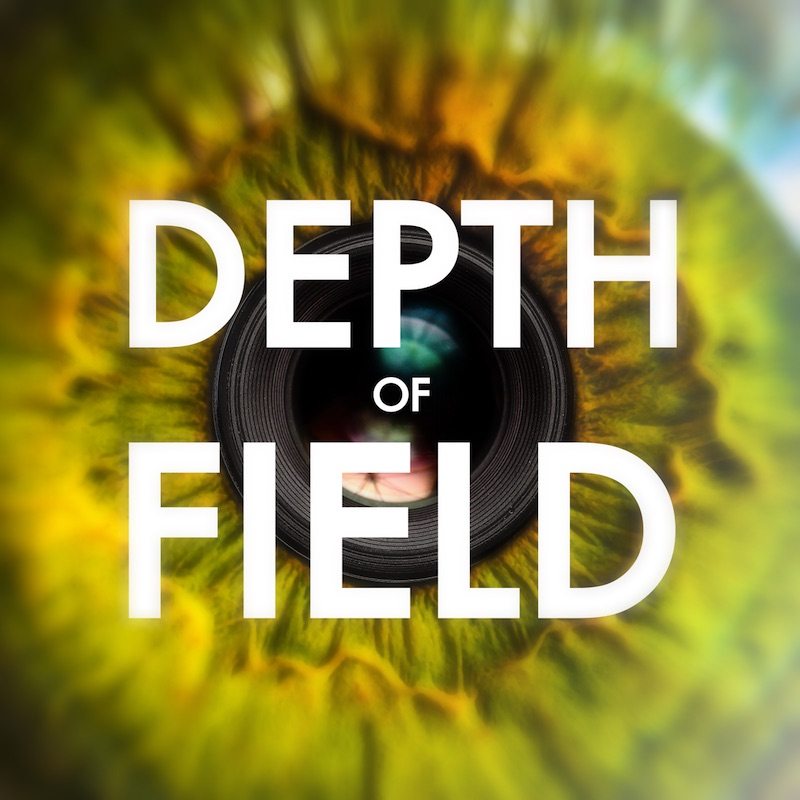


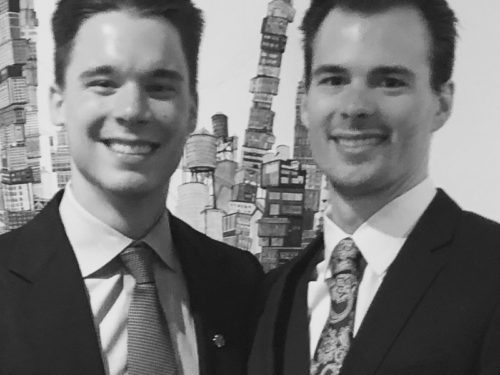
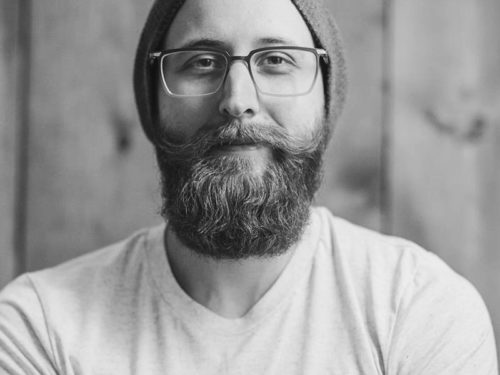
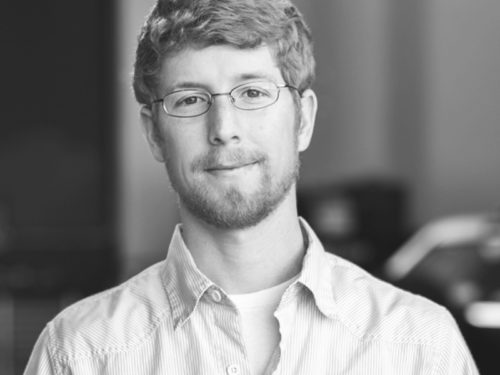
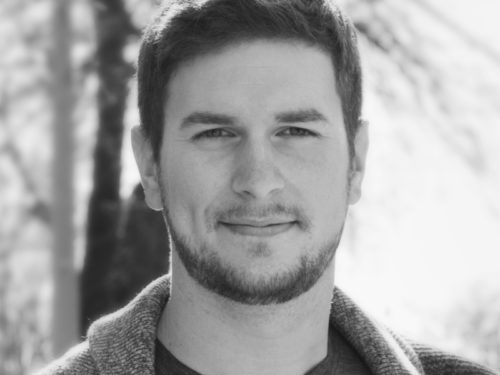
0 Comments